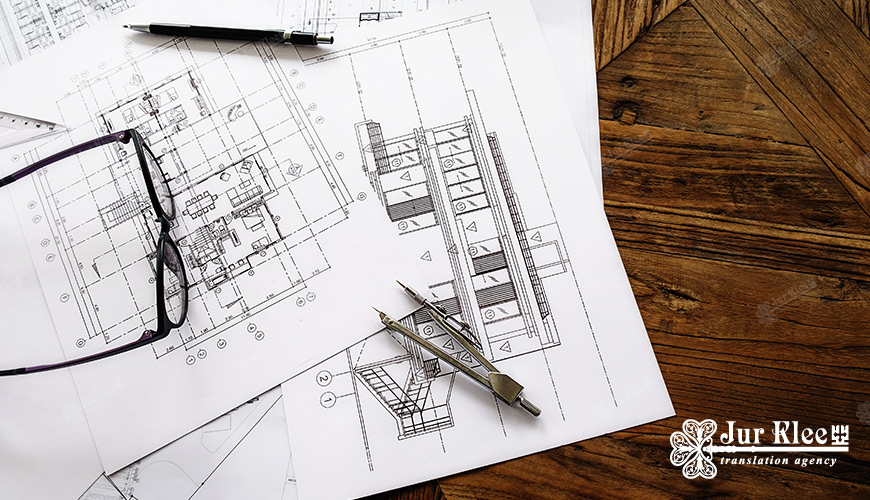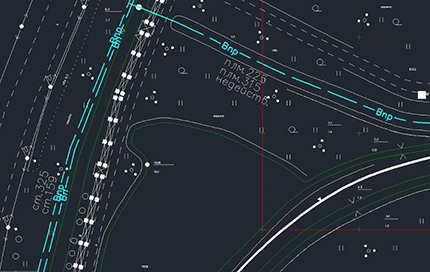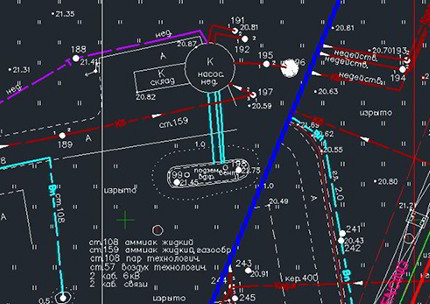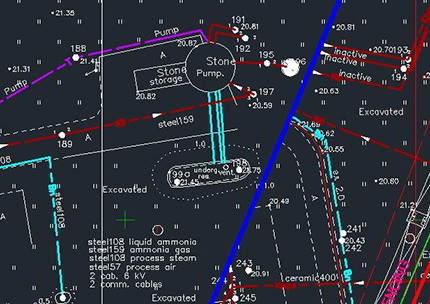
Subtleties of drawings translation, which are taken into account in our company
A translation agency, as a rule, is engaged not only and not so much in the translation of literature and scientific works, but in the translation of technical documentation and drawings. In fact, this is a routine that translators perform every week or even a day.
It is worth noting that this format of work is quite interesting for employees: it is much more entertaining to parse technical inscriptions on a drawing of a device than to translate dry texts.
Let's analyze the features of such work using the example of an old order completed in 2022.
The original documentation contained approximately 48 pages of text on the topic of engineering geology and one fairly complex drawing. It was necessary to translate them from Russian into English, and a native speaker had to translate.
The last wish is extremely literate, because only a person who is a native speaker can understand the intricacies of translation. In fact, the work could be done by one employee in a few days - nothing more than a standard text editor is needed to translate the text. But the drawing must be translated by a specialist, and editing requires specialized software. In this case, AutoCAD was used.
The work was complicated by the presence of a large number of technical abbreviations and specialized vocabulary. It is worth jumping ahead and saying that this order was executed by our translation agency perfectly. Below we describe in more detail how this result was achieved.
Translation of abbreviations: how not to make a mistake
In general, abbreviations are not a problem for professional translators. But in order to avoid mistakes, it is better to provide a transcript of the abbreviations to a Russian-speaking engineer who knows exactly the meanings of specific designations. With its help, all inaccuracies are eliminated, but if its competence is not enough, then clarifications are requested from the customer. The customer discusses the intricacies of decoding with an expert, and then the translators translate the text into English.
This is exactly how we started working. Here is an expert's commentary on this topic:
“I have long been associated with translations in the design and construction field, therefore, basically, I gave explanations to the native speaker regarding building codes, rules, codes, lexical and grammatical norms adopted in this area. And of course, I helped with abbreviations: pls (plastic), V (water supply), St. 159 (steel), CS (crushed stone).”
– Maria, translator-editor of project documentation

Applying a correspondence table
If the work is done on a standard text with common words, translators have the opportunity to work with software that looks for errors and stylistic violations. Microsoft Office is the simplest of the range of such software.
In case of working with graphic format files (not only drawings, but also any images), this is not possible. The translator may make mistakes when rewriting a large number of abbreviations, and write them in different ways in different places. To avoid such a situation, a table of terms correspondences is created, which includes all designations.
In addition, it is important that the original drawing and the translation are made to the same standards. For example, to perform this work, GOST on soils was provided. We checked with it at the time of the disputes.
Fragment of the correspondence table
| Плм | Plastic |
| Изрыто | Excavated |
| Технол. эст. 8.0 разруш. | Process rack 8.0 destroyed |
| Насыпной грунт | Bulk soil |
| Щ | Crushed stone |
Final view of the drawing
At this stage of work, nothing depends on translators. But it depends on layout designers - in our agency they are really good. The entire drawing was made “one to one” using AutoCAD.
Original

Typed-up translation

